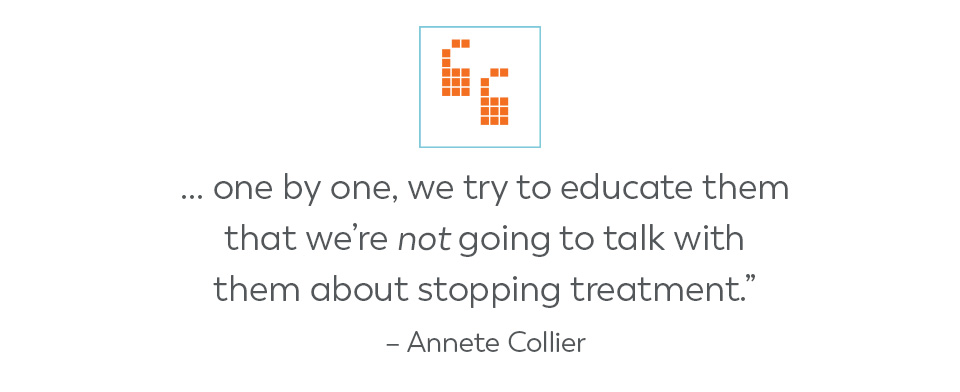Helping Physicians Embrace Palliative Care
Not long ago, a palliative care practitioner I was talking with summed up one of the specialty’s conundrums perfectly. He said, “If you ask 10 practitioners of palliative care to define it, you’ll probably get 11 different answers.”
Indeed, the variety of what “palliative care” includes and how it’s delivered can range widely. Is it a limited consult as covered by Medicare? More hands-on with a fuller interdisciplinary team? Is the care provided in a hospital, outpatient clinic or the patient’s home? What are the credentials of those providing the care?
On top of these variables, many physicians admittedly see no differences between palliative care and hospice care. Surveys from Center to Advance Palliative Care and other sources report a majority of physicians consider palliative care as “comfort care for the very end of life.”
It’s no wonder physicians often don’t refer patients to palliative care, especially as early as they should.
Changing physicians’ perceptions and application of palliative care is an ongoing mission for Annette Collier, MD, FACP. She has been the palliative care medical director for Hospice of Northwest Ohio and their Sincera Supportive Care service line since 2008.
Dr. Collier finds the best way to change her physician peers’ perceptions of palliative care is to ask to collaborate on just one patient to begin with – and show the value of palliative care “done right.”
“When physicians have actually had a patient on palliative care – and have witnessed firsthand what we can do for their patients – that by far increases their understanding more than lecturing or attending a conference on palliative care,” Dr. Collier said. “When we share a patient together, they see how we have helped what we focus on, and their patients come back and express gratitude for how the service has impacted them.”

Dr. Collier definitely has experienced the lack of separation in physicians’ minds between palliative care and hospice. She said, “One of the most frequent responses we get when we suggest that a certain patient could use palliative care is, ‘They’re not ready for palliative care yet.’ To me, that indicates the physicians are feeling palliative care is the same as end-of-life care, that they’re not ready to transition off of their curative treatment and onto comfort care. So, one by one, we try to educate them that we’re not going to talk with them about stopping treatment.
“I ask doctors to allow my team to see their patient in the community; allow us to address his suffering, his emotional and spiritual needs, getting ready for being disabled by this disease,” she added.
Similarly, Dr. Collier and her team do a lot of education for patients and families to explain palliative care and its context within their overall care plan. Here’s an example she shared of how she may typically start that conversation with a patient:
“Your doctor called us and wants us to be part of the team. Our focus is helping you to feel as well as you can, in the context of this serious illness, whether that’s addressing pain, nausea, depression, anxiety, shortness of breath. We’re going to focus on helping you feel as well as you can, get the services in the home, if you need a walker, if you need a bed, and we’re going to help support your caregivers, because that’s going to help you feel as well as you can.”
The conversation with Dr. Collier also included several other facets for growing the inclusion of palliative care in the future. You can hear the full discussion below.
Could you benefit from expert help in evaluating strategies, messaging and tactics to promote your palliative services to referring physicians? Let’s talk. Contact me at stan@transcend-strategy.com.










